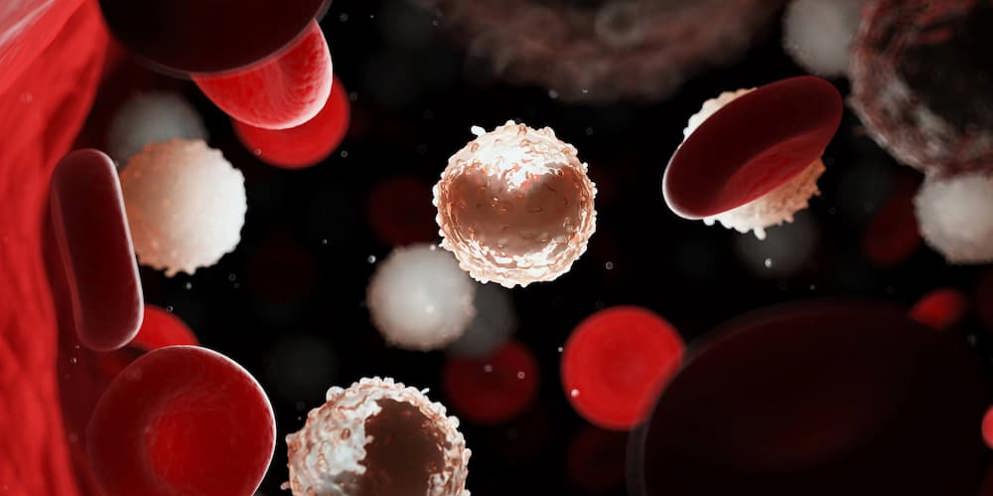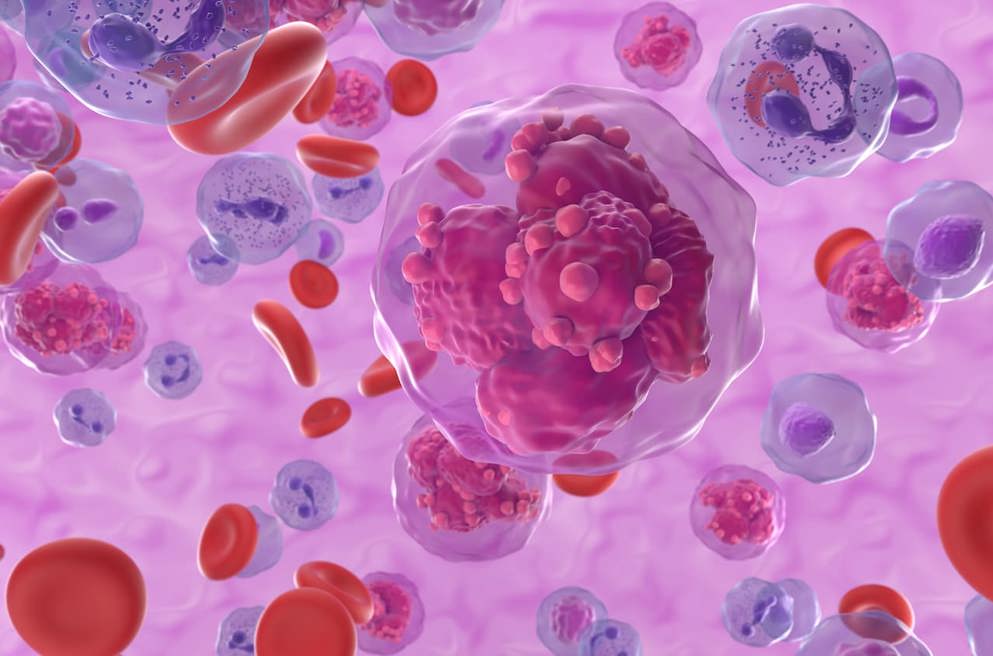
Leukaemia
of interest
are looking at
saved
next event
Leukaemia, which may be acute or chronic, is a cancer that originates in blood-forming tissue such as the bone marrow, leading to the over-production of abnormal white blood cells. These abnormal cells accumulate more quickly in acute leukaemia, which is more aggressive than chronic leukaemia.
Lead from the frontline: Optimizing first-line treatment selection in Ph+ ALL
Join experts Elias Jabbour, Hagop Kantarjian and Nicholas Short from the 2023 ASCO annual meeting as they discuss Ph+ ALL treatment options and gain 1 CME credit.
Lymphocytes and myeloid cells are the two main white blood cell types affected in leukaemia, leading to four leukaemia manifestations including acute myeloid leukaemia (AML), acute lymphocytic leukaemia (ALL), chronic myeloid leukaemia (CML) and chronic lymphocytic leukaemia (CLL). Symptoms vary depending on subtype and can include weakness, increased rates of infection and general feeling of illness.
Diagnosis may involve blood testing, bone marrow biopsy, spinal tap and imaging tests (for example, CT, MRI and PET scans). The subsequent treatment will depend on the type of leukaemia and how far it has spread. Treatments may include radiation therapy, chemotherapy, biologic therapy, immunotherapy, targeted therapy and haematopoietic stem cell transplantation.

